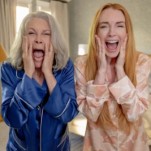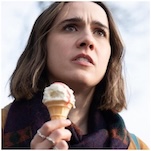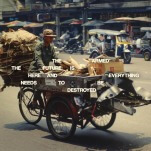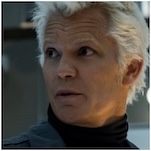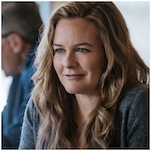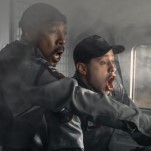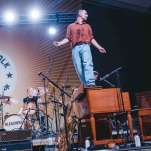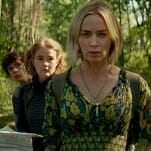Friends Taught Me How to Adult, and Two Decades After Its Finale, I’m Still Here for It
Photo Courtesy of NBC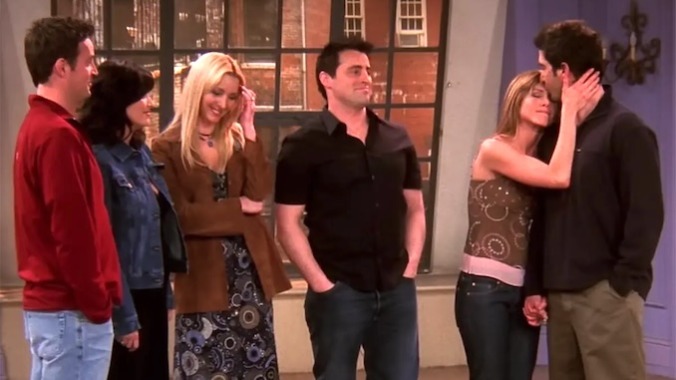
It’s telling that I didn’t watch the Friends series finale live.
Even now, sitting down to write this look-back on it, I’m struck by this whine of really? Like, do we REALLY need to spill more ink or pixels over this show? There have been pop-up cafes and books and, especially after star Matthew Perry’s (the best Friends friend, Chandler) awful passing last year, a gazillion think pieces have been written about the sitcom to end all sitcoms and how it paved the way for newer comedies like The Big Bang Theory, How I Met Your Mother, and Happy Endings.
But, to paraphrase the show’s theme song, would I be where I am without Friends? I’m 44, which means I’m in that weird gray area of not identifying as a member of Gen X or as a Millennial (way back in 2011, Slate’s Doree Shafrir dubbed ours Generation Catalano, a reference to another game-changing TV series). When Friends premiered in 1994, I was an awkward high school freshman who knew I wanted to be anywhere but where I was (which, in my case, was Little Rock, Arkansas with all the conformity and conservativeness of the rest of flyover country). In one early episode of Friends, Jennifer Aniston’s Rachel describes a pair of her roommate Monica’s (Courteney Cox) shoes as “those little clunky Amish things you think go with everything.” Hey! I had shoes like that! And they did go with everything!
Throughout the series’ 10-season run, Friends wasn’t so much a parent as an older sibling I saw go through everything ahead of me. I learned how to break from the comfort zones of my high school and college years. I learned that chosen families were just as important as blood relatives and that, in either case, you’re gonna need a support system if you’re going to survive in adulthood. I embraced the show’s ludicrous world of giant apartments, in which you stored an unending supply of stylish wardrobes, and had the credit card debit to prove it.
Friends also taught me about TV. I did whatever the 2002 word for binge watching was when I came back from study abroad to find VCR recordings of a half seasons’ worth of episodes that a roommate had made for me, courtesy of her parents’ basement TV. I remember thinking how weird it was that they always went out to eat at the same fancy restaurants (sets are expensive to build and take up space, college-aged Whitney).
By the time the series finale rolled around, I thought I had outgrown Friends. I was then in my 20s myself, living in my own big city and making my own stupid mistakes with friendships, dating, and money (I think I was actually at my second job the night the finale aired; see the above comment about credit card debt). At some point, I saw the episodes and knew the basics: Rachel was back together with David Schwimmer’s Ross (again!), Monica and Chandler were moving to the suburbs (why? That apartment was amazing), Lisa Kudrow’s Phoebe had married outside the tribe (hi, Paul Rudd), and Matt Le Blanc’s Joey was perpetually single and living with a baby chicken, baby duck, and broken Foosball table.
-

-

-

-

-

-

-

-

-

-

-

-

-

-

-

-

-

-

-

-

-

-

-

-

-

-

-

-

-

-

-

-

-

-

-

-

-

-

-

-




